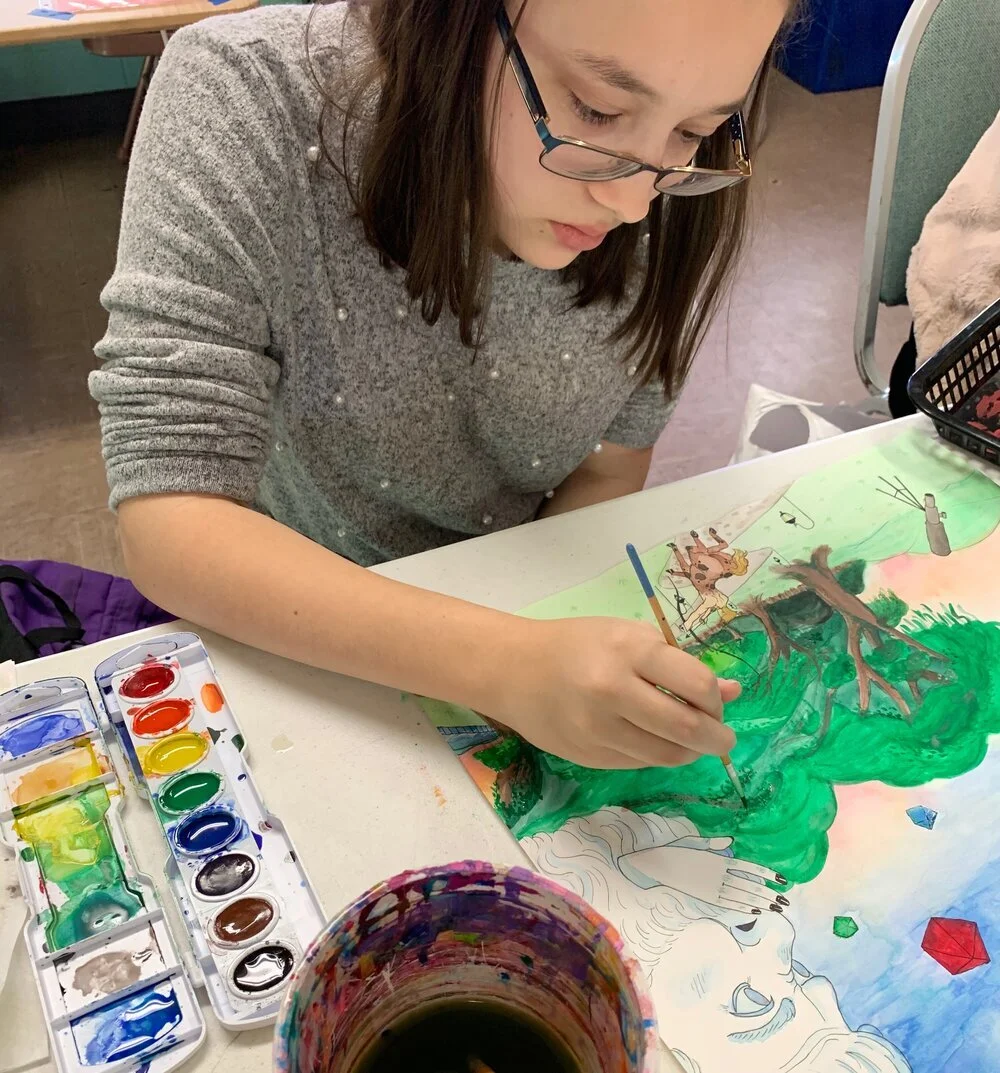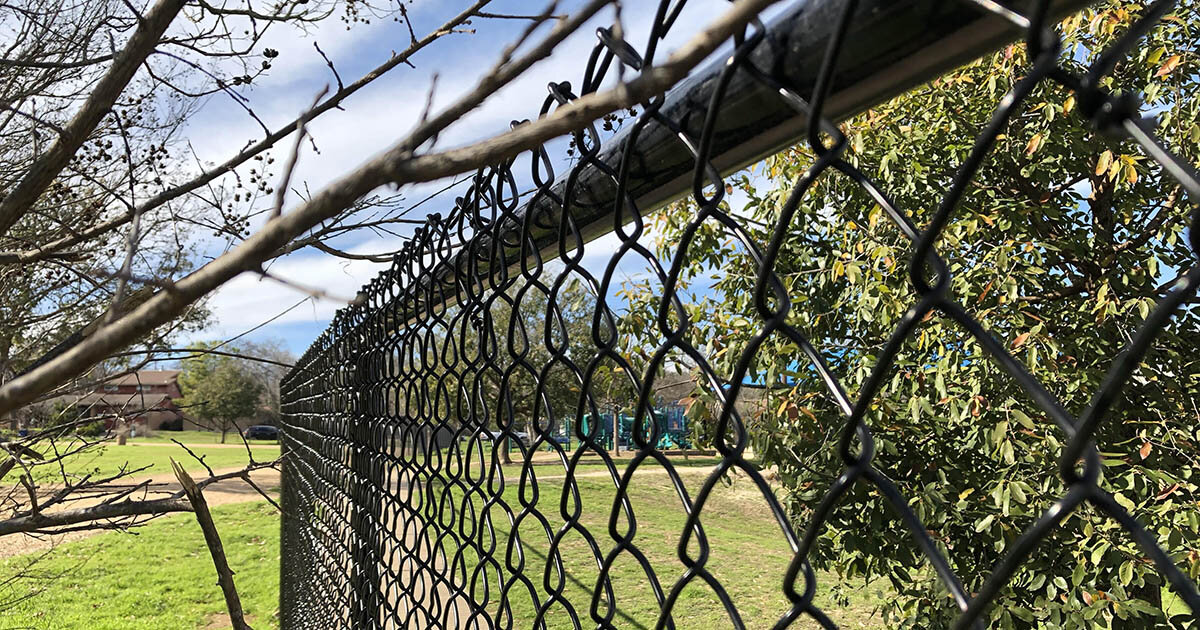Choosing among roads less traveled
/
Shawna Pitts is a parent and current staff member at Clearview Sudbury School here in Austin, Texas. She joins us on the blog to share her thoughts on unschooling, Sudbury education, and a great podcast episode that discusses both of these and more. The podcast was produced by the Alpine Valley School in Denver, Colorado, where a group of Clearview students and staff recently spent a week.
The more I learn, the more I understand learning as a journey rather than a destination. It is wonderful to live and learn in a time and place where there are so many options for education, and so much recognition that there is not a single way that works for everyone. As a parent, I’ve traveled many paths with my children to help them find the right one. In their early years, a hybrid school led us to homeschooling, which led to my reading about homeschooling and unschooling, and then discovering the Sudbury model of education through the book Free to Learn by Peter Gray. My first entrée to the model was in 2016 through Clearview Sudbury School, right here in Austin.
I appreciate the similarities and the differences between unschooling and Sudbury education. Both paths have been a key part of our family’s journey. There was a point at which it made sense for us to move from our more family-based unschooling to community-based learning in a Sudbury school, but I don’t know that I could have articulated exactly why it felt right to me.
That is, until I heard this interview about one mother’s transition from unschooling to Sudbury schooling. Her insights resonated deeply with me, especially as my own children moved from the parent-focused phase of human development to the peer-focused phase. I found it difficult to give them freedom to follow their interests without facilitating and coordinating all of it.
I think that anyone interested in alternative education will enjoy this short episode of the Alpine Valley School podcast. It’s particularly poignant for me to share, as it features two of my treasured colleagues: Marc Gallivan of Alpine Valley School in Denver, and Cara DeBusk of the former Houston Sudbury School. Even better, the content mentions my family’s own beloved learning community, Clearview. I recommend listening to this as a great way to spend 12 minutes.
Shawna Pitts | Clearview Sudbury School
































